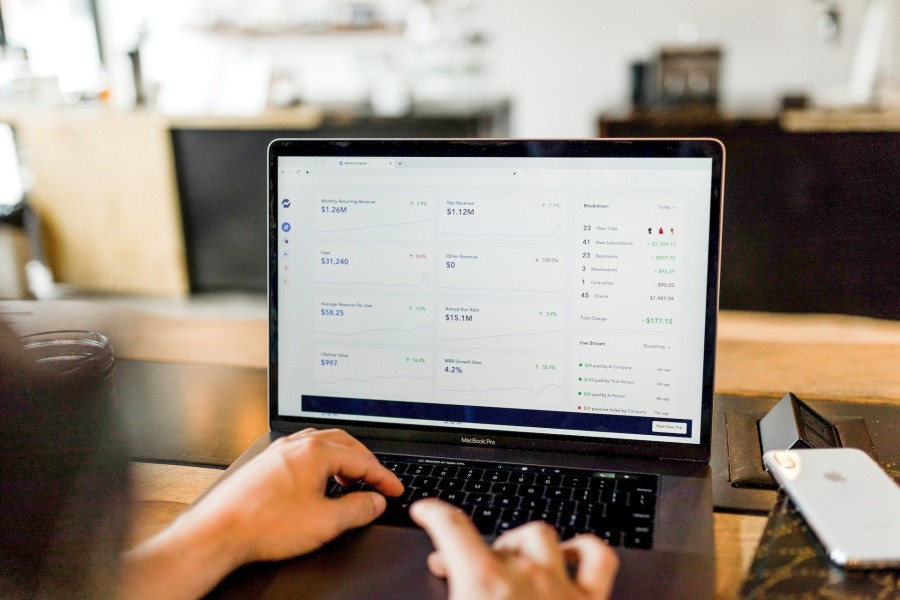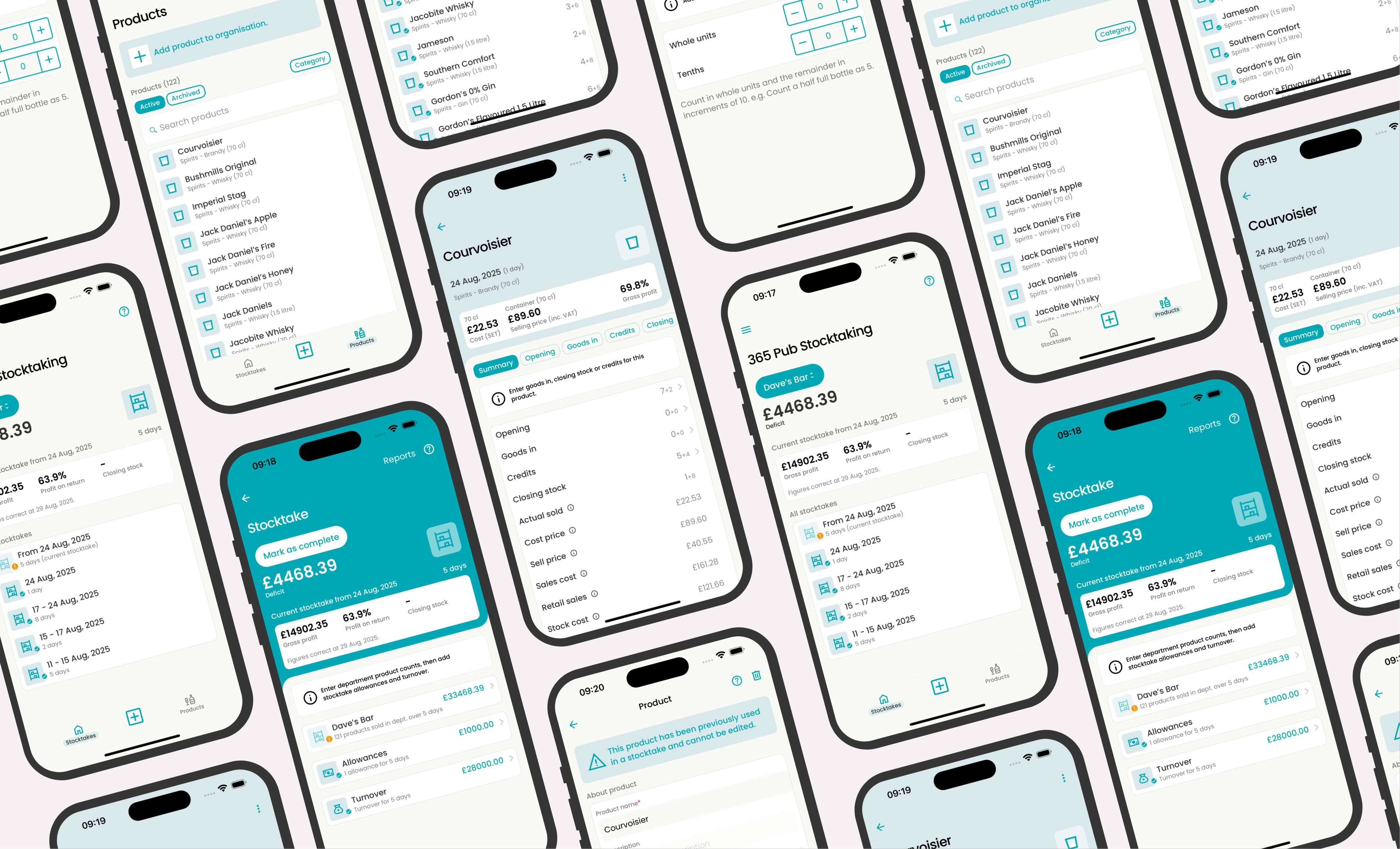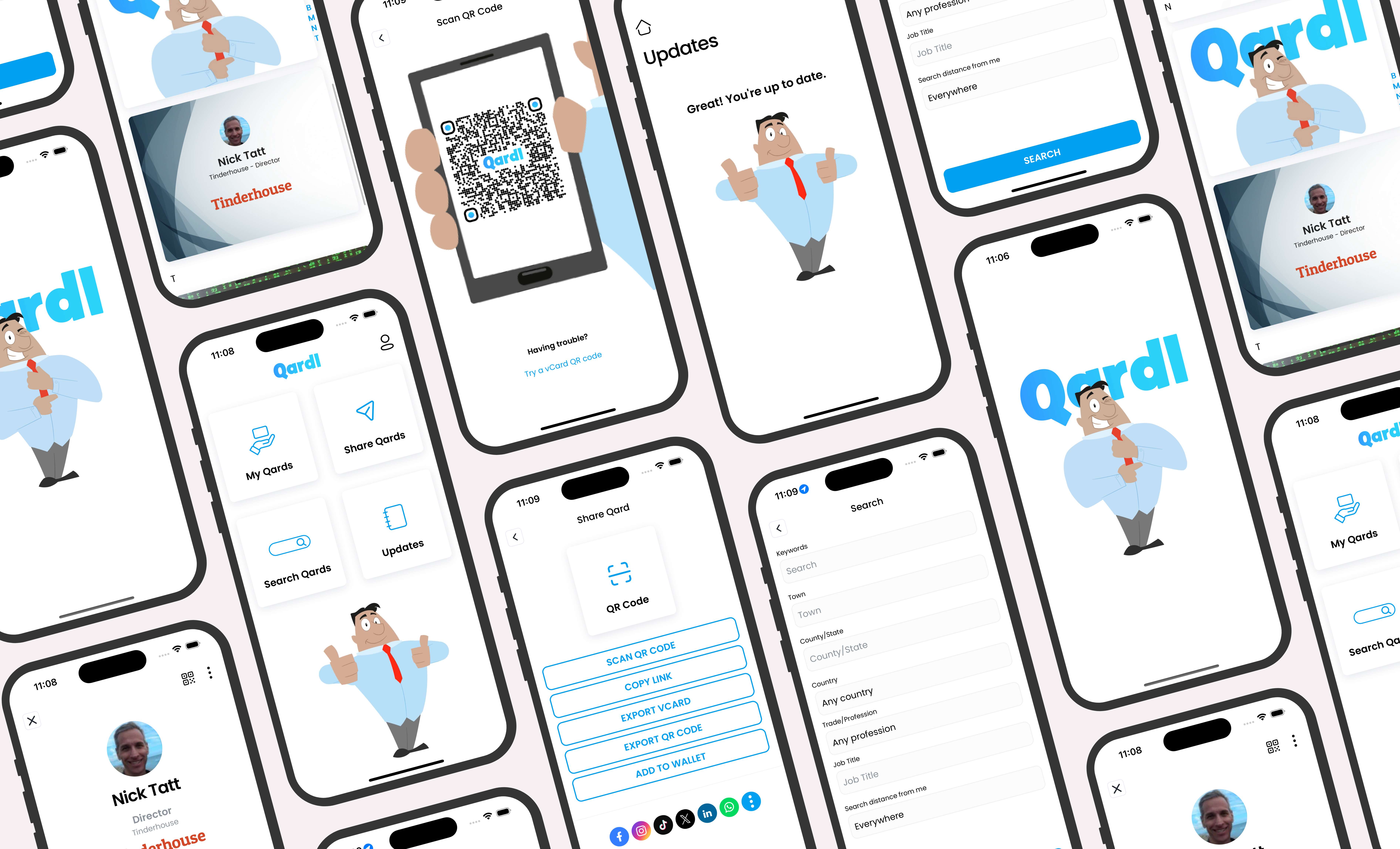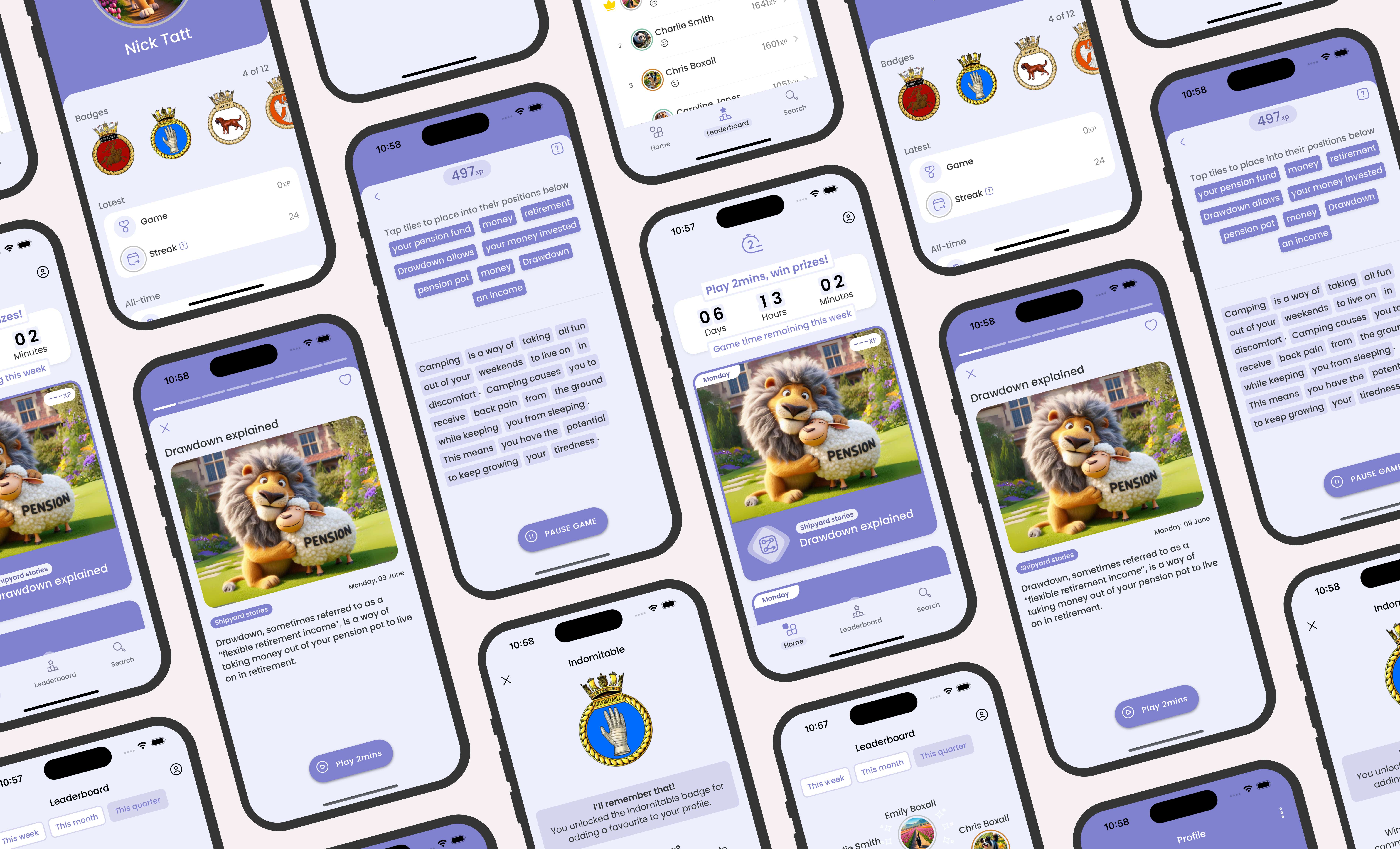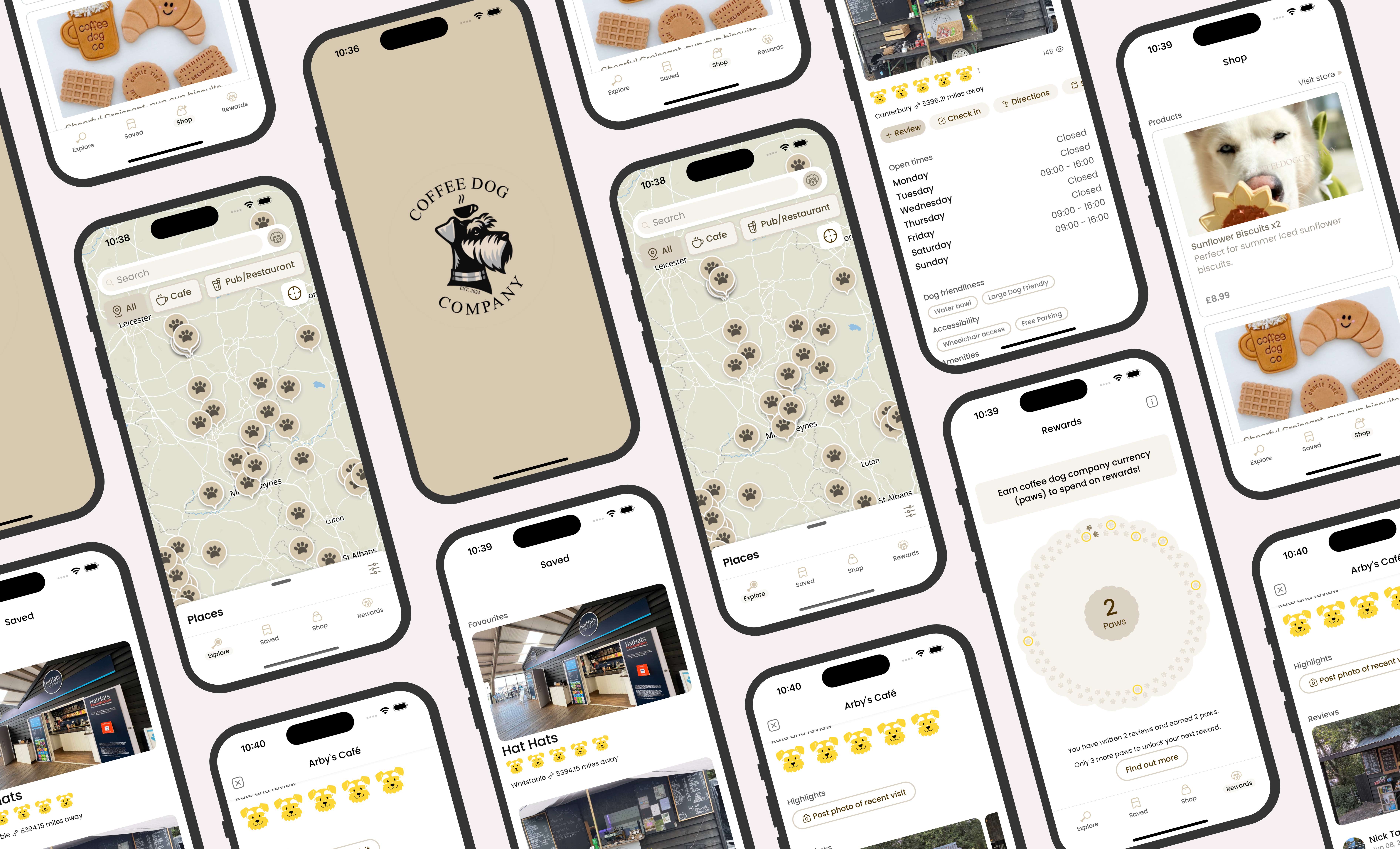Monetising an app is more than just a one-size-fits-all solution. There are many factors to consider, such as your target audience, your app category, your app features, your app quality, and your app goals. In this blog post, we will explore some of the most popular and effective ways to monetise your app and some tips and best practices to maximise your revenue potential.
1. In-app advertising
One of the most common ways to monetise your app is to display ads within your app. This can be done through various formats, such as banners, interstitials, rewarded videos, native ads, and more. The main advantage of in-app advertising is that it allows you to generate revenue from users who might not be willing or able to pay for your app or its features. However, in-app advertising also has some drawbacks, such as affecting the user experience, requiring constant optimisation, and depending on the ad network's policies and payouts. To make the most of in-app advertising, you should:
- Choose the correct ad format for your app. For example, if your app is a game, you might want to use reward videos that offer users incentives to watch ads in exchange for in-game currency or items. If your app is a news or content app, you might want to use native ads that blend in with your app's look and feel.
- Choose the right ad network for your app. Many ad networks are available in the market, each with different features, benefits, and drawbacks. Research and compare the ad networks based on their performance, fill rate, eCPM (effective cost per million), payment terms, support, and compatibility with your app.
- Test and optimise your ad placement and frequency. Experiment with different ad placements and frequencies to find the optimal balance between revenue and user satisfaction. You should also monitor your key metrics, such as impressions, clicks, conversions, retention, and churn rate, to measure the impact of your ads on your app's performance.
2. In-app purchases
Another popular way to monetise your app is to offer in-app purchases (IAPs) within your app. This can be done through various types of IAPs, such as consumables (e.g., coins, gems), non-consumables (e.g., skins, themes), subscriptions (e.g., premium access), and more. The main advantage of in-app purchases is that they allow you to generate revenue from engaged users loyal to your app and who value its features and benefits. However, in-app purchases also have challenges, such as requiring a secure and seamless payment system, complying with the app store's guidelines and regulations, and convincing users to spend money on your app. To make the most of in-app purchases, you should:
- Choose the correct type of IAP for your app. For example, if your app is a game, you should use consumables that create a sense of urgency and scarcity for users to buy more. If your app is a utility or productivity app, consider using subscriptions that offer users recurring value and convenience for a fixed fee.
- Choose the right pricing strategy for your IAPs. It helps to consider factors such as your target market's purchasing power, competitors' pricing, users' willingness to pay, and your app's perceived value. You should also test and optimise different price points and bundles to maximise your conversion rate and revenue per user.
- Create a compelling value proposition for your IAPs. You should communicate clearly and persuasively why users should buy your IAPs, what benefits they will get, and how they will enhance their experience with your app. It helps to use effective marketing techniques like scarcity, social proof, and gamification to motivate users to buy more.
3. Freemium model
A third way to monetise your app is to use the freemium model. This means offering a free version of your app with limited features or functionality and a premium version with full features or functionality.
The main advantage of the freemium model is that it allows you to attract a large user base with a low barrier to entry and then convert some of them into paying customers who want more value from your app.
However, the freemium model also has some risks, such as cannibalising your potential revenue from users who are satisfied with the free version, or alienating users who feel pressured or annoyed by the upsell attempts. To make the most of the freemium model, you should:
- Choose the right features for your app's free and premium versions. It helps to balance between offering enough value in the free version to entice users to download and use your app and offering enough value in the premium version to attract users to upgrade and pay for your app. You should also avoid making the free version too restrictive or frustrating that it drives users away from your app.
- Choose the right timing and method for the upsell. You should identify the optimal moments to prompt users to upgrade to the premium version, such as when they have reached a certain level of engagement, achievement, or need with your app. You should also use different methods to upsell users, such as pop-ups, notifications, in-app messages, or emails.
- Provide a clear and compelling value proposition for the premium version. It helps to highlight the benefits and advantages of upgrading to the premium version, such as unlocking more features,
removing ads, getting exclusive content, or saving time or money. Also, offer incentives or discounts to encourage users to upgrade sooner rather than later.
Conclusion
Monetising an app is challenging, but it can be rewarding if done right. There are many ways to monetise an app, but only some are more suitable than others. Consider various factors such as your target audience, app category, features, quality, and app goals when choosing how to monetise your app. You should also test and optimise different monetisation strategies to find what works best for you and your users.
We hope this blog post has given you some useful insights on how to monetise your app effectively. If you have any questions or feedback, don't hesitate to contact us.
Thank you for reading!
Need an app?
Get in touch with us to talk about how we help with create an app of your own or use our app price calculator to get a quote for your app.
